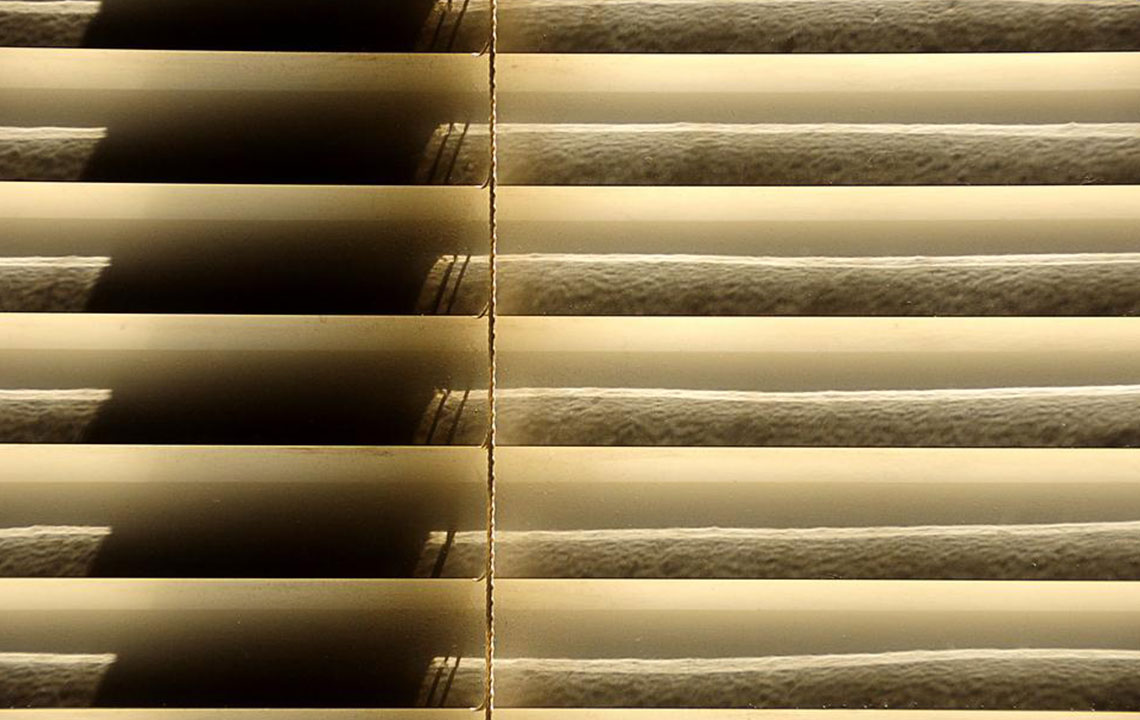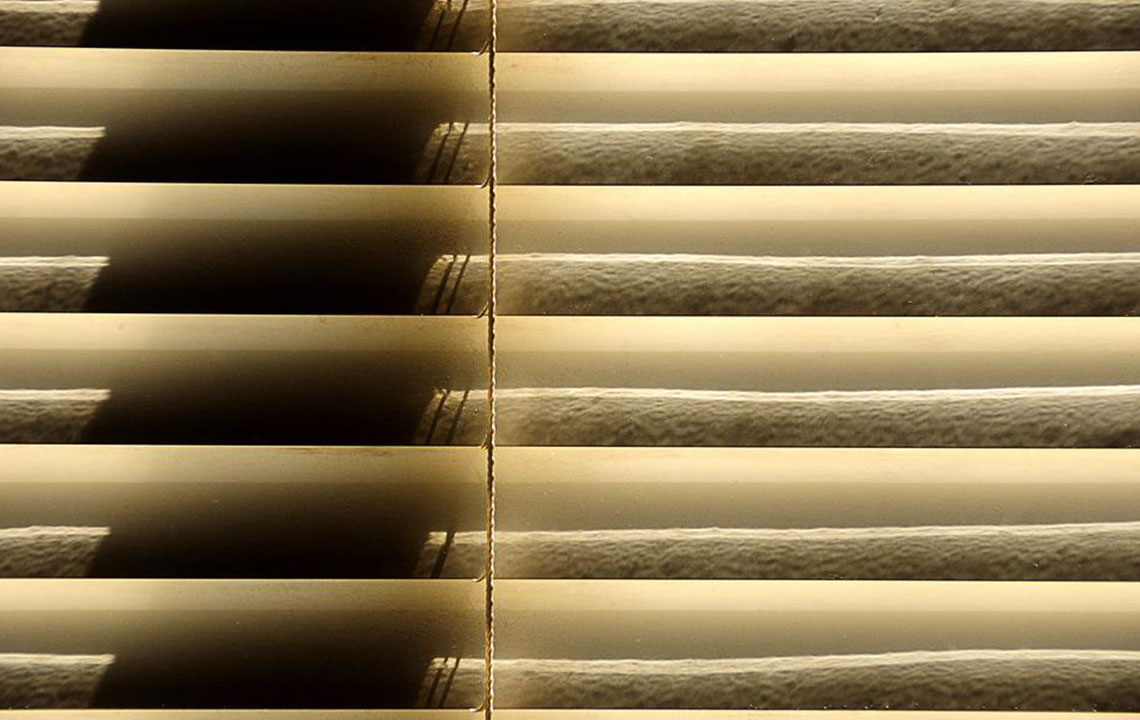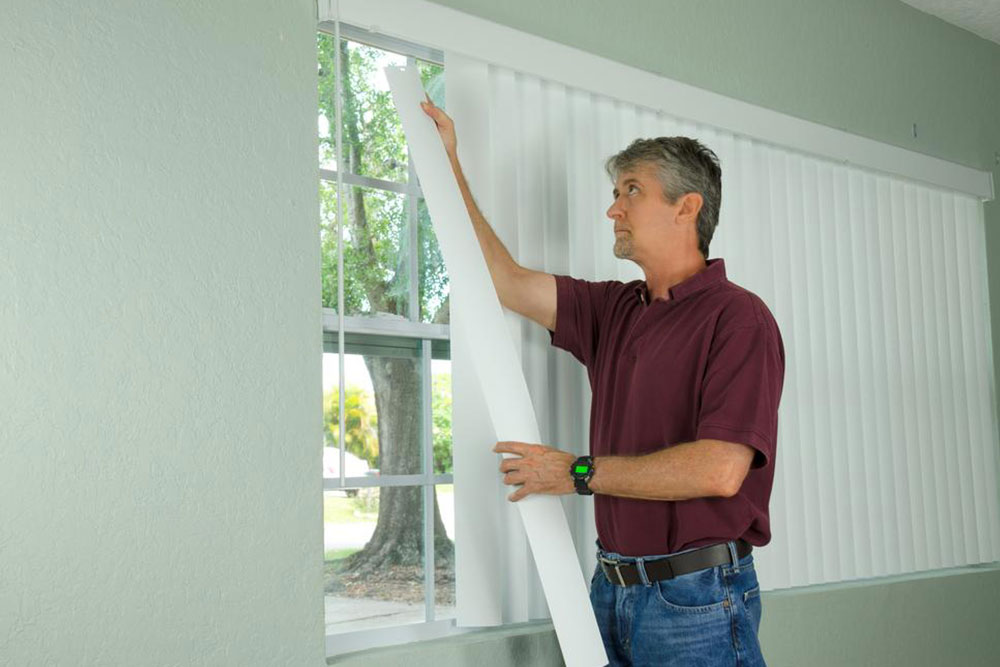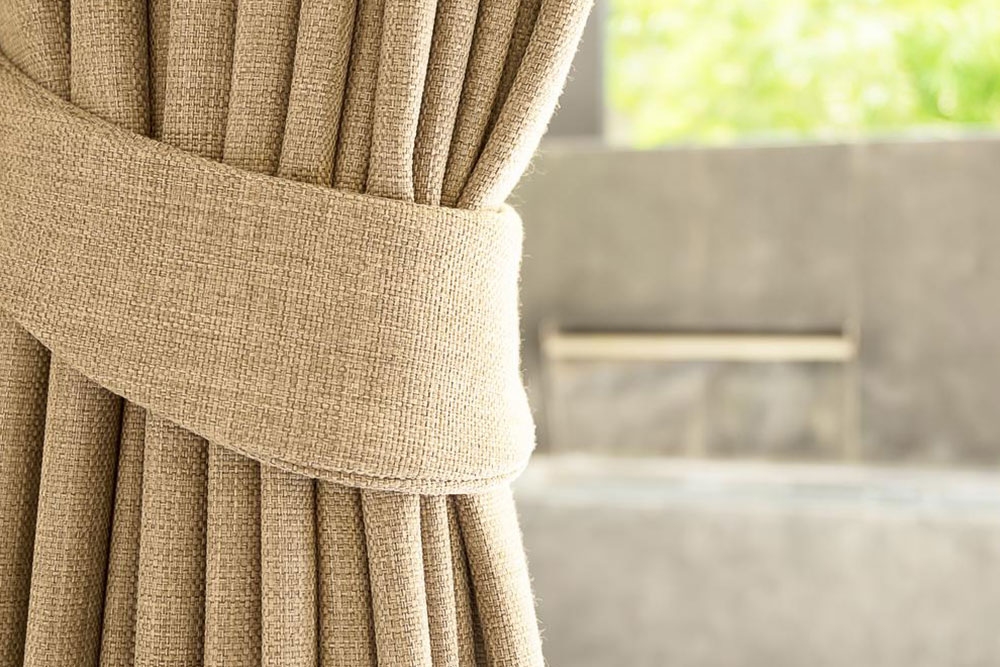Comprehensive Guide to Selecting the Perfect Window Coverings
Discover how to choose the perfect window coverings, including blinds and shutters, tailored to your needs. This comprehensive guide covers types, benefits, and expert tips to enhance privacy, light control, and style in your home or office. Learn about materials, customization options, safety features, and budget considerations to make informed decisions that improve indoor comfort and aesthetic appeal. Whether upgrading existing windows or planning new installations, this guide helps you select durable, stylish, and functional window treatments that fit your lifestyle and decor.
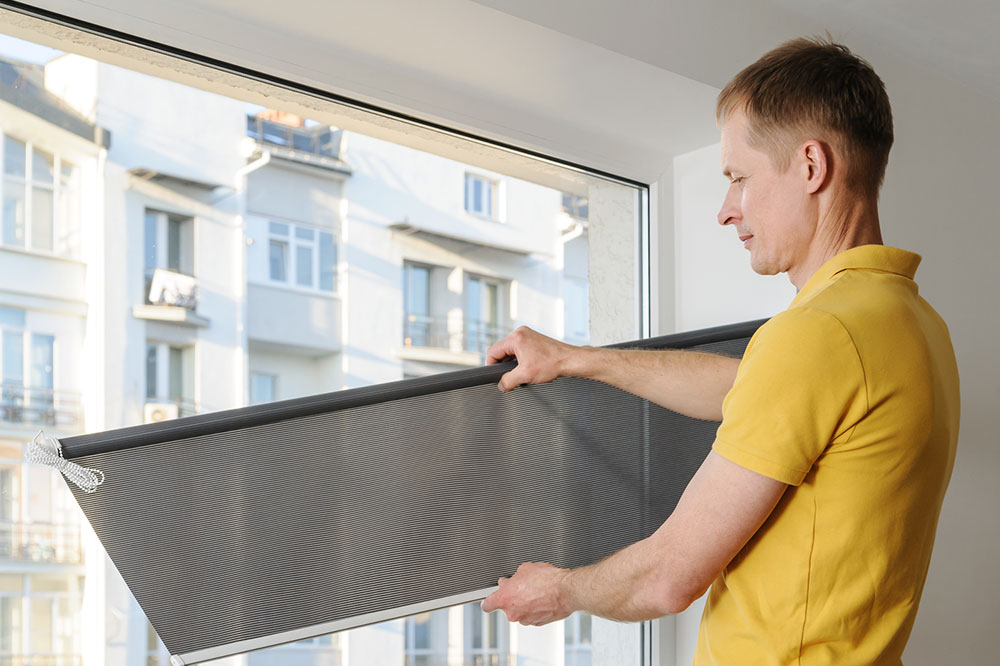
Essential Tips for Choosing Window Coverings
Ensuring privacy and light control in your home or office is easier with the right window coverings. Windows are vital for ventilation, but they also require effective coverings to prevent prying eyes and regulate sunlight. From traditional shutters to versatile blinds, selecting the ideal option can enhance your space’s comfort and style. This guide explores various window treatments, their benefits, and tips to help you make an informed choice tailored to your needs.
Understanding Window Coverings
Window blinds and shutters serve to filter light and air while maintaining privacy. While their functions overlap, their materials and operational mechanisms differ significantly.
Window blinds are fabric or material-based coverings with horizontal or vertical slats attached to a control system. Operated via cords or motorized controls, they come in materials like plastic, metal, or wood. When closed, they block most external light; when open, they allow airflow and brightness while obscuring the view inside.
Window shutters, on the other hand, are solid, fixed installations often made of wood or durable materials. They may feature manual or automatic operation, with some designed for permanent closure to enhance security and insulation. Shutters add a rustic charm and require minimal maintenance.
Advantages of Window Blinds
Wide selection: Available in numerous styles, colors, and sizes, blinds offer design flexibility, making them ideal for matching various interiors.
Material options: Choose waterproof PVC for humid areas or elegant fabrics for living spaces. Eco-friendly options are also accessible.
Cost-effective: Generally more affordable than shutters, blinds fit well within tight renovation budgets, especially for large areas.
Custom fit: Readymade blinds suit standard windows, while custom-made ones ensure a precise fit for unique window shapes.
Versatility in shapes: Blinds can be tailored to fit unconventional window designs, including arched or bay windows.
Simple operation: Options include manual cords, remote, or smart controls, providing effortless adjustment.
Benefits of Window Shutters
Safety for kids and pets: Cordless designs reduce choking hazards, enhancing safety around children and animals.
Durability: Made from robust materials like wood, PVC, or aluminum, shutters withstand everyday wear and tear better than blinds.
Enhanced aesthetics: Shutters lend a timeless appeal, adding warmth and character to any room.
Low maintenance: Requiring minimal upkeep, shutters can be cleaned easily and last for decades.
Adjustable airflow: Individual control allows precise regulation of light and ventilation.
Superior insulation: Offering better thermal coverage, shutters help retain indoor temperature, especially in colder climates.
Variety of materials: Available in vinyl, PVC, wood, and aluminum, allowing customization for specific needs.
Popular Types of Window Coverings
Venetian blinds: Horizontal slats enable rotation for light control. They’re perfect for small windows and come in corded or cordless options.
Vertical blinds: Featuring vertical slats that slide open, these are suitable for large windows and patio doors, easy to clean and maintain.
Mini blinds: Slimmer and lightweight, these provide a minimalist look and are easy to handle.
Roller blinds: Fabric rolls that pull up or down, popular for their simplicity and sleek appearance.
Smart blinds: Equipped with app-controlled technology, allowing remote operation and integration with smart home systems.
The main types of shutters include:
Café shutters: Cover only the lower half of the window, ideal for privacy while maintaining natural light, especially suitable for kitchens.
Plantation shutters: Features tilted louvers; fixed and operable, offering a traditional look in wooden or vinyl finishes.
Composite shutters: Made from engineered or faux wood, they resist moisture, pests, and weathering, providing durability at lower costs.
Non-operational shutters: Fixed shutters for security purposes, preventing access when closed.
Tips for Selecting the Right Window Coverings
Match with window type: For large doors, vertical or plantation shutters work best. Smaller windows may benefit from blinds, especially blackout options in bedrooms.
Accurate measurements: Precise sizing ensures proper fit, insulation, and privacy. Always double-check measurements before ordering custom pieces.
Coordinate with room decor: Select colors and styles that complement your interior palette to enhance the overall ambiance.
Prioritize durability: Invest in quality materials to avoid frequent replacements and repairs.
Compare prices: Explore various suppliers and consider bulk discounts, both online and offline, to get the best value.
In conclusion, choosing the right window coverings depends on your functional needs and aesthetic tastes. Consulting with interior design experts can also help you select the best options for your space. Budget thoughtfully, and opt for products that offer both beauty and practicality to create a cozy, secure environment.

